20 Tourist Places in GwaliorGwalior is rich in history and is home to several monuments and temples. For Travelers interested in Gwalior's rich legacy, there are several cultural and historical sites to explore. While Gwalior Fort provides a wonderful perspective of the city, Madhav National Park allows you to get lost in the forest. Additionally, several additional tourist attractions attract thousands of tourists each year. It is an ideal place to visit with friends, family, lovers, or even alone. Gwalior has so much to offer the tourist. So, let's see the top tourist attraction in Gwalior. 1. Gwalior Fort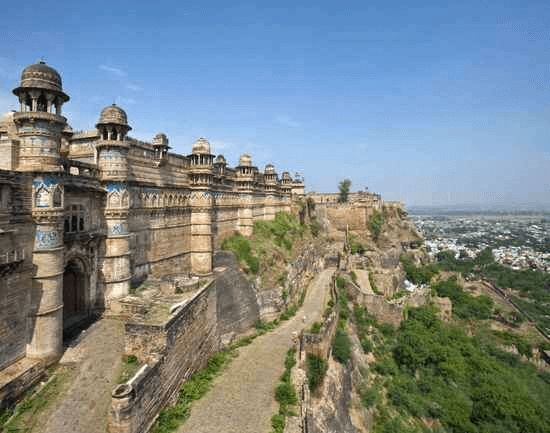
It is considered one of the most formidable fortresses in northern and southern India and was dubbed "the jewel among the castles of India" by the Mughal emperor Babur. In Madhya Pradesh, central India, this monument is located atop a large rocky mountain overlooking the entire city of Gwalior. Evidence suggests that it dates back to the 6th century. A sculpture at the fort's summit represents the number 'zero', the second earliest reference to the number in history. This architectural masterpiece has a unique history as it was built in two parts, in two different historical periods. It has come under the control of several dynasties in its time. There are 25 temples and water reservoirs within the fort complex. 2. Man Mandir Palace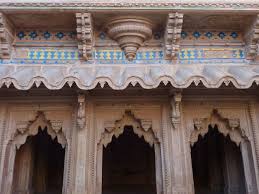
A palace called Man Mandir Palace was built in the northeast corner of the fort between 1486 and 1516 by the Tomar monarch, Man Singh Tomar. The Palace was destroyed by time, although the ruins still exhibit the craftsmanship of the time. The Palace is divided into two open courtyards with rooms on two floors. This was where Aurangzeb imprisoned his brother Murad and slowly poisoned him to death with opium. There were also underground jail cells added later by the Mughals. If you can locate a local guide, they will be able to tell you numerous mysteries about the area and show you portions of the Palace that you would not be able to see otherwise. Nearby Jauhar Kund is the site of mass suicide by Rajput women to prevent rape by the armies of Iltutmish, the 13th century AD monarch of Delhi. 3. Jai Vilas Palace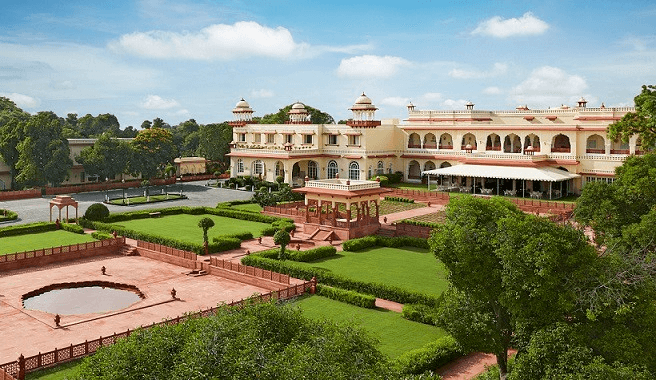
King Edward VII, the then Prince of Wales, received this magnificent welcome for the first time in 1874 from Jayaji Rao Scindia, Maharaja of Gwalior. This palace is also known as the Jai Vilas Mahal, and it has been preserved in Gwalior, Madhya Pradesh, to this day as a monument to Indian culture and splendor. Currently, it houses descendants of the Maratha Scindia dynasty. In addition to the 35 rooms of the palace, there is the Chitrangada Raje Art Gallery and a library with over 5,000 books. There are also historical artifacts on display in each of the regal palace's chambers, such as swords dating back to the eras of Shah Jahan and Aurangzeb and an authentic shield once belonging to freedom fighter Rani Laxmibai. The initiative cost a total of INR 1 crore, which was likely quite an expensive affair at the time. The Jai Vilas Palace, which has a floor area of nearly 75 acres, contains an ingeniously built Durbar Hall that holds some of the world's most gigantic chandeliers, gilded furniture, and a big plush carpet. The center's mission is to establish a worldwide cultural center for studying the Maratha dynasty. 4. Teli ka Mandir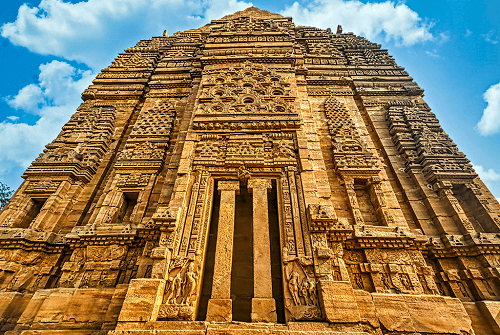
This temple, located in the Gwalior Fort, dates back to the 9th century and is the tallest skyscraper in Gwalior (100 ft.); before the British took over the Gwalior Fort, this shrine was used to refine oil. This temple is well-known for its distinctive construction since the temple has a Dravidian appearance, yet the sculptures are distinctively North Indian. 5. Saas Bahu Temple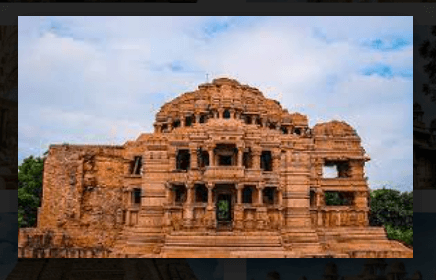
The Saas-Bahu temple, built in the ninth century, attracts both visitors and believers. This temple was previously known as the Sahastrabahu Temple, after Lord Vishnu, who possesses numerous hands. It became known as Saas Bahu Temple as a result of increasing mispronunciation throughout time. Saas Bahu Temple does not represent Saas (mother-in-law) and bahu (daughter-in-law) but is a short version of Shastra Bahu, another name for Lord Vishnu. This temple was built during King Mahipala of the Kacchapaghata Dynasty, who asked the Lord of the Universe for a happy and flourishing kingdom. These two temples are close to one other and beautifully ornamented with carvings and sculptures. 6. Sun Temple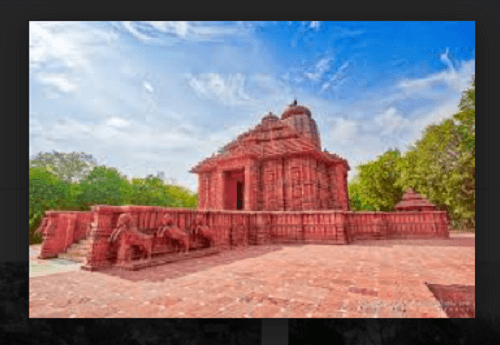
The Surya Mandir, or Sun Temple, is a beautiful temple as well as an architectural marvel that graces Gwalior. Temple was built in 1988 by G.D. Birla and is dedicated to the holy Sun God. Built on the lines of the fabled Sun Temple of Konark, Orissa, it boasts stunning architecture constructed from red sandstone and pearly white marble. The red sandstone outside of the Sun Temple is designed as continuous slots that climb up to the apex of the façade as you approach the outside building. The temple contains a magnificent Sun Lord idol. Despite its recent construction, it is one of the most respected temples in the historic city, attracting tourists and believers from all across the nation. 7. Tansen Memorial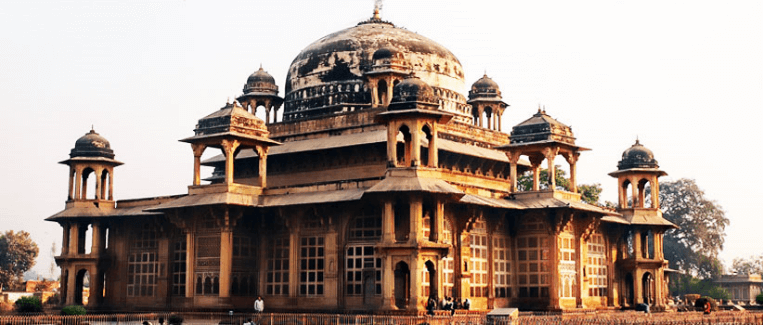
Tansen was one of India's best musicians and an excellent vocalist in Akbar's courts during the medieval period. He was also one of the Mughal court's nine pearls. Tansen's music was said to have the power to generate magic, cause rain, and even captivate animals. Mohammad Ghaus, who taught him Hindustani classical music, was his teacher. Tansen's mausoleum, also known as the Tansen Memorial, is an obvious pick among the various Gwalior tourist attractions. Tansen was a Gwalior Gharana pioneer in Hindustani Classical music during the reign of the Mughals. He supported the Dhrupad style and the Gwalior Gharana style of music. He was buried beside his teacher, and the burial place is a work of art in its own right. He was a devout Sufi, and he studied ragas from his master, Muhammad Ghaus. An annual music festival is held nationally in November and December in the Tansen Memorial Complex, where Tansen was buried alongside Muhammad Ghaus. The mausoleum features a basic building in the Mughal style. 8. Scindia Museum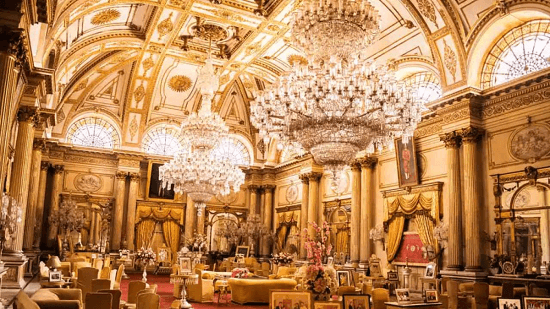
This is one of Madhya Pradesh's most notable museums, dedicated to Jivaji Rao Scindia. This museum dates back to 1964 and occupies around 35 rooms at Jai Villas Palace. The museum is well-known for its manuscripts, sculptures, coins, paintings, and weapons collection. It is the best place to learn about Gwalior's history, particularly the Scindia dynasty. You will feel proud when you see the world's largest chandelier on display. The palace has Indian and British design elements, and it spans a huge area. 9. Tigra Dam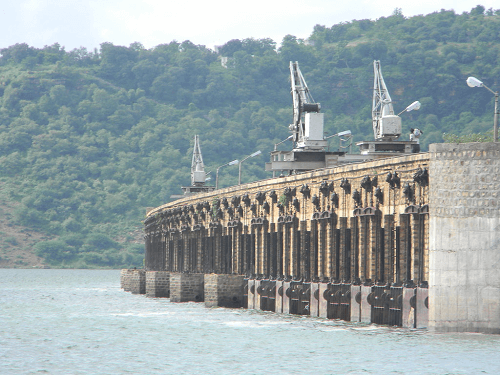
Tigra Dam is located just outside the major city and offers a pleasant escape from the metropolis. Tigra Dam was built in 1916 on the Sank River, and since then, this freshwater reservoir has served as a primary water supply for city people to meet their daily water demands. The lovely retreat is a birder's paradise. Aside from its household utility, it is also a key source of irrigation and fishing in the surrounding communities. The ideal months to visit are January to March and October to December. 10. Chhatris of Scindia Dynasty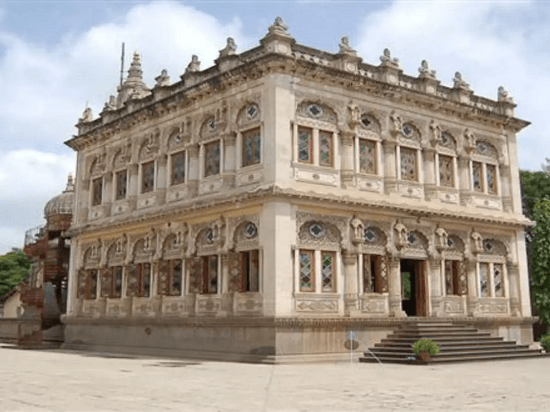
Scindia Dynasty Chhatris are memorials created to remember and honor the Scindia Dynasty's monarchs. The first was built in 1817 CE in remembrance of Jayaji Rao Scindia. The architectural splendor of the attraction is well-known. Tourists must view the exquisite domes and gorgeous pavilions built of pink and yellow sandstone set among lush green meadows. It is one of the most important destinations in Gwalior to learn about the Scindia Dynasty's rich history. The Scindia Dynasty's Chhatris are located in Chhatri Bazar and are a wonderful place to see the intricate construction and decor. 11. Gopachal Parvat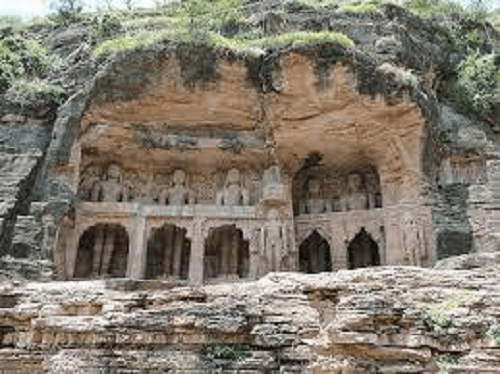
Gopachal Parvat, located in the Gwalior Fort, is an excellent spot to see some ancient Jain imagery. The Tirthankaras may be observed meditating in seated or standing postures, making Gopachal Parvat one of Gwalior's numerous Jain sites. Gopachal Parvat is a significant and cherished place, particularly among Jain devotees. Gopachal Parvat is well-known for its rock-cut Jain structures from the seventh and fifteenth centuries. The monuments are dedicated to the Jain Tirthankaras Adinatha, Mahavir, Neminatha, and Rishanabhanatha, whose idols may be seen meditating. They are among the 100 monuments scattered across the city. 12. Gujari Mahal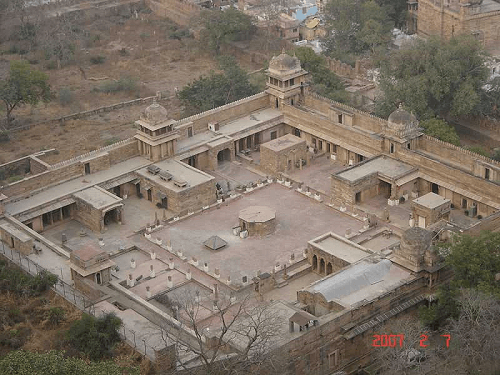
The Gujari Mahal, built by Raja Man Singh for his favorite lady Mrignayani, is now a ruin and offers an archaeological museum that displays sculptures, statues, and other relics dating back to the first and second centuries BC. It is one of the best Mahals or Palace within Gwalior Fort and has been a tourist attraction for many years. It presently houses an archaeological museum with a diverse collection of artifacts from the first and second centuries linked to the Hindu and Jain faiths. 13. Samadhi of Rani Laxmi Bai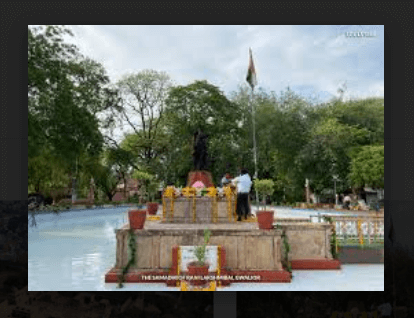
An eight-meter-tall statue of Rani Laxmi Bai is built amid Phool Bagh to memorialize the well-known female fighter. In the 1857 battle against British authority, she revolted and fought to defend the princely kingdom of Jhansi. She died battling the British, but her heroism and daring are remembered even now, and the magnificent statue honors her. The Samadhi stands out in the garden and is one of the best locations to visit in Gwalior to rekindle your soul. Every year in June, a fair is held in the Queen's honor at the spot. It is an excellent destination for history lovers. 14. Gwalior Zoo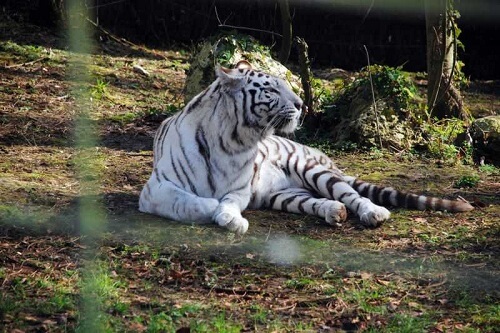
Gwalior is a vibrant city with a rich history, and the Gwalior Zoo is simply one more feather in its hat. The Gandhi Zoo (often called) was founded in 1922 by the royal dynasty Madho Rao Scindia and held several rare types of animals. It is a portion of a bigger park known as Phool Bagh. The range of wild species here includes golden peasants, sambhars, bison, hyenas, spotted deer, black bucks, and a white tiger. Many smaller populations of crocodiles, snakes, monkeys, and birds have also found a home at the zoo. The Prince of Wales established the Phool Bagh about a century ago, which is still well-maintained and protected today, including providing adequate and sanitary housing amenities for the animals. The zoo's 8 hectares of land have been declared a protected site due to the presence of rare wild animals. They are preserved as part of the Municipal Corporation of Gwalior's patrimony. The Phool Garden also has a prayer hall, gurudwara, mosque, and theosophical lodge. The Gwalior Zoo is a fun family activity, especially for children. It is also a popular location for wildlife enthusiasts who want to witness rare and endangered animals such as the white tiger in the city. 15. Padavali and Bateshwar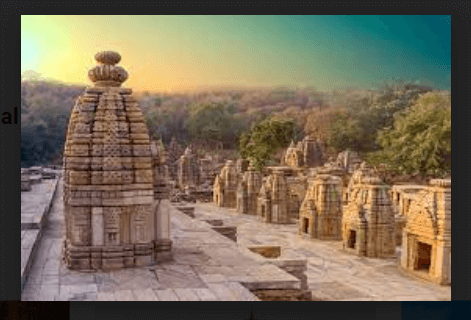
Padavali is a citadel with several old temples located around 40 kilometers from the major town of Gwalior. In addition to the elaborate carvings, one of the temples has erotic engravings, earning it the nickname "Mini Khajuraho." From Gwalior, this is an excellent day trip to see Hindu architecture. The ASI discovered the temples in 2005 following excavation and the ongoing archaeological work. These temples' architecture is influenced by post-Gupta and early Gurjar-Pratihara traditions. Most of the temples are dedicated to Shiva or Vishnu. The site is intriguing and has the power to transport you back in time. The site boasts a collection of temples from the eighth and tenth centuries, while Padavali is a fort built on red sandstone in the 18th century. Unlike Bateshwar, which has over 200 sandstone temples, Padavali has just one temple dedicated to Lord Vishnu. Take a short journey to see these marvels from diverse eras. 16. Tomb of Ghaus Mohammed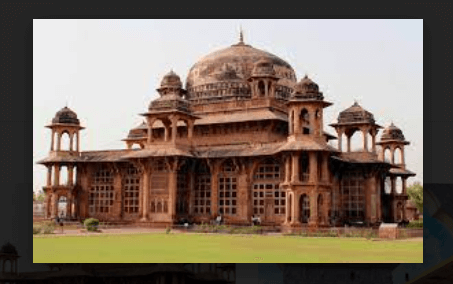
He was a brilliant counselor to King Babur and a music legend Tansen's instructor. The grave of a 16th-century prince-turned-Sufi is presently located in Hazira. This mausoleum features stunning Mughal architecture and has become a popular tourist destination. The majestic architecture of the mausoleum and the exquisite gravestone give this area a sense of quiet and tranquillity. 17. Gurudwara Data Bandi Chhod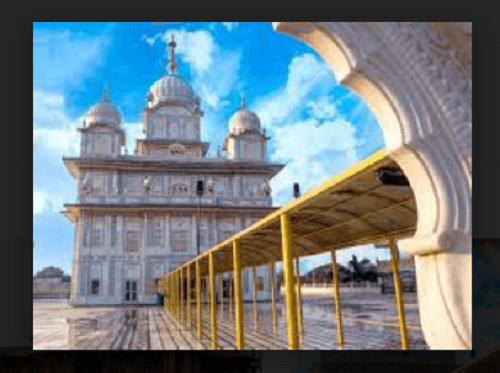
The Gurdwara Data Bandi Chhod was built to pay homage to Guru Har Gobind Saheb, the 52 imprisoned monarchs, and his eventual release from the Gwalior Fort. The Gurudwara is extremely religiously significant and is frequented by followers to honor the great guru. Gurudwara Bandi Chor Sahib is peaceful and lovely. Built of white marble and ornately decorated with gold. The Mughal emperor Jahangir is said to have imprisoned Sant Har Govind Singh here, prompting the construction of a Gurudwara in his honor. The chants and hymns read from the holy book Guru Granth Sahib reflect the location's tranquillity. It is a prominent center of worship, particularly for Sikhism believers. 18. Sarod Ghar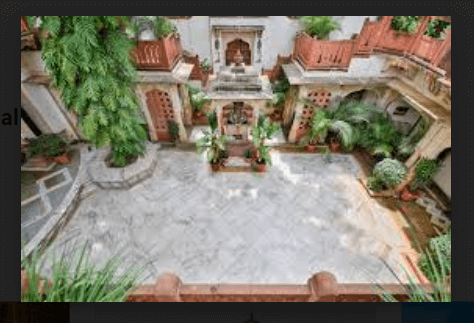
Sarod Ghar is one of the top tourist attractions in Gwalior for music enthusiasts. This museum, also known as Kala Vithika, is unique. This location is in Ustad Hafiz Ali Khan's ancestral home and houses historic musical instruments utilized by notable performers. If you wish to learn about Indian classical music, you should visit this well-known museum in Gwalior. You may also look at vintage photographs of musicians and documents. 19. Mitawali, and Padavali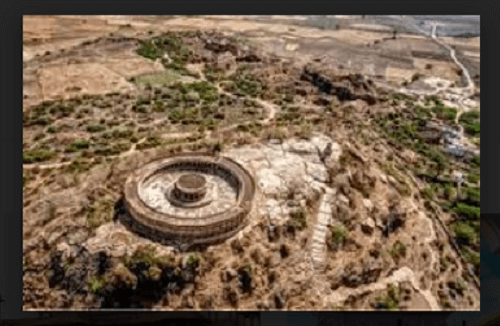
The ancient sites of Mitawali and Padhavali are two attractions you should not miss when visiting Gwalior. Visiting these locations is a terrific way to learn about lesser-known parts of Madhya Pradesh's legacy while adding some fascinating photos to your Madhya Pradesh collection. These are temples that were built between the 9th and 10th centuries. Even though the place is in ruins, you may still see the amazing architecture. The two locations, easily accessible from Gwalior, are closer together. 20. Sarafa Bazar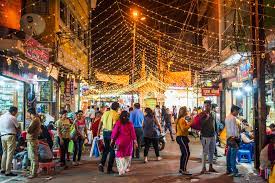
No amount of contemporary shopping malls can take away the allure of traditional bazaars. Sarafa Bazaar's prominence in Gwalior demonstrates this. Sarafa Bazar, one of the fascinating sites to visit in Gwalior, is the ultimate habitat of shopaholics, offering a limitless variety of jewelry, textiles, handicrafts, and much more. It is one of the city's first marketplaces. Furthermore, the variety of delectable cuisine products available here makes it a perfect destination for foodies. Do not overlook this location when visiting Gwalior!
Next TopicFamous Tourist Places in India
|
 For Videos Join Our Youtube Channel: Join Now
For Videos Join Our Youtube Channel: Join Now
Feedback
- Send your Feedback to [email protected]
Help Others, Please Share









